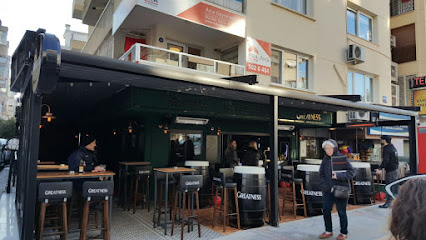
Discover the Ancient Wonders of the Asclepieion of Pergamon
Explore the Asclepieion of Pergamon, an ancient sanctuary of healing and a testament to the marvels of Hellenistic medicine in Turkey.
The Asclepieion of Pergamon, a historical marvel nestled in the hills of Bergama, awaits visitors eager to explore its rich medical history and stunning architecture. This ancient healing center not only served as a sanctuary for the sick but also as a hub for medical advancement in antiquity, making it an unmissable destination for history enthusiasts.
A brief summary to Asclepieion of Pergamon
- Site Sk. No:16, Bergama, Zafer, İzmir, 35700, TR
- Monday 8:30 am-5 pm
- Tuesday 8:30 am-5 pm
- Wednesday 8:30 am-5 pm
- Thursday 8:30 am-5 pm
- Friday 8:30 am-5 pm
- Saturday 8:30 am-5 pm
- Sunday 8:30 am-5 pm
Local tips
- Visit early in the morning to avoid crowds and enjoy a peaceful exploration of the site.
- Wear comfortable shoes, as the terrain can be uneven and requires some walking.
- Consider joining a guided tour for deeper insights into the historical significance of the ruins.
- Bring a water bottle and stay hydrated, especially during the warmer months.
- Check the opening hours before your visit, as they can vary seasonally.
Getting There
-
Car
If you are traveling by car in Aeolis, start by heading towards the town of Bergama. From the center of Bergama, follow the signs for the Asclepieion. You will take the Site Street (Site Sk.) and drive until you reach the entrance of the Asclepieion, which is located at Zafer, Site Sk. No:16, 35700 Bergama/İzmir. Parking is available near the entrance, but be aware that there may be a parking fee.
-
Public Transportation
To reach the Asclepieion by public transportation, take a bus or minibus from nearby towns to Bergama. Once you arrive in Bergama, you can either walk to the Asclepieion, which is about a 15-20 minute walk from the bus station, or take a local dolmuş (shared taxi) which will drop you off closer to the entrance. The address is Zafer, Site Sk. No:16, 35700 Bergama/İzmir. Be prepared to pay for the bus fare, which varies based on your starting point.
-
Walking
If you find yourself in the vicinity of the Asclepieion and prefer to explore on foot, you can walk there from various points in Bergama. Follow the main roads leading toward the site, and look for local signage indicating the way. The Asclepieion is well-marked and can be accessed on foot via Site Street.
Discover more about Asclepieion of Pergamon
Iconic landmarks you can’t miss
Nemrut Hill
29.9 km
Experience the breathtaking beauty and historical significance of Nemrut Hill, a stunning mountain peak in İzmir, Turkey, perfect for nature lovers and adventurers.

Manzara yeri
66.8 km
Experience the breathtaking views at Manzara Yeri in Çiğli, İzmir, where nature's beauty meets tranquility and culinary delights await.

World Peace Memorial
69.5 km
Discover the World Peace Memorial in Bayraklı, İzmir, a serene monument celebrating peace and unity amidst stunning landscapes.
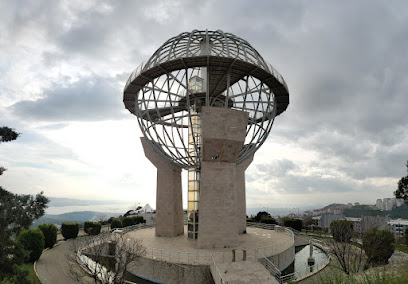
Historic Site
70.7 km
Explore the Historic Site in Bornova, İzmir – a journey through time filled with architectural wonders and rich cultural heritage.

Bornova Kent Arşivi & Müzesi
72.6 km
Discover the rich cultural heritage of Bornova at the Bornova Kent Archive & Museum, a unique museum showcasing the history of Izmir.
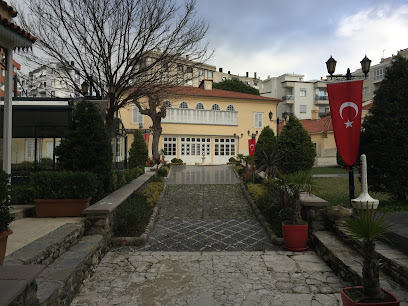
Dramalılar Köşkü
72.6 km
Explore Dramalılar Köşkü, a charming museum in Bornova, İzmir, showcasing Turkey's rich history and vibrant culture in an enchanting setting.
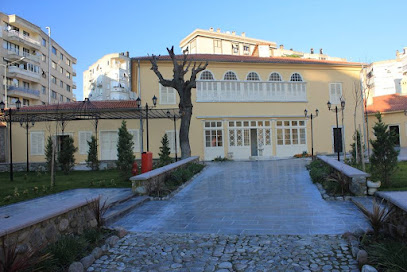
Bornova Cumhuriyet Evi
72.6 km
Explore Bornova Cumhuriyet Evi, a historical gem in İzmir that showcases the rich cultural heritage and architectural beauty of the region.

Atatürk Anıtı
72.7 km
Explore the Atatürk Anıtı in Bornova, İzmir, a majestic monument celebrating the founder of modern Turkey amidst serene gardens.

Bornova Meydan
72.8 km
Discover the beauty and tranquility of Bornova Meydan, a community garden in İzmir where nature meets local culture.
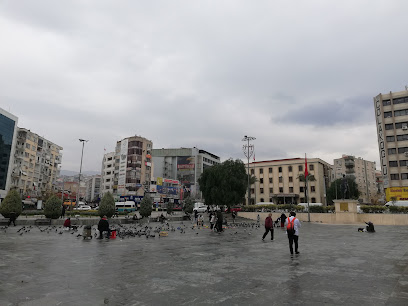
Gireud Evleri
72.9 km
Discover the rich architectural heritage of Gireud Evleri in Bornova, Izmir, a captivating historical site that showcases traditional Turkish homes.
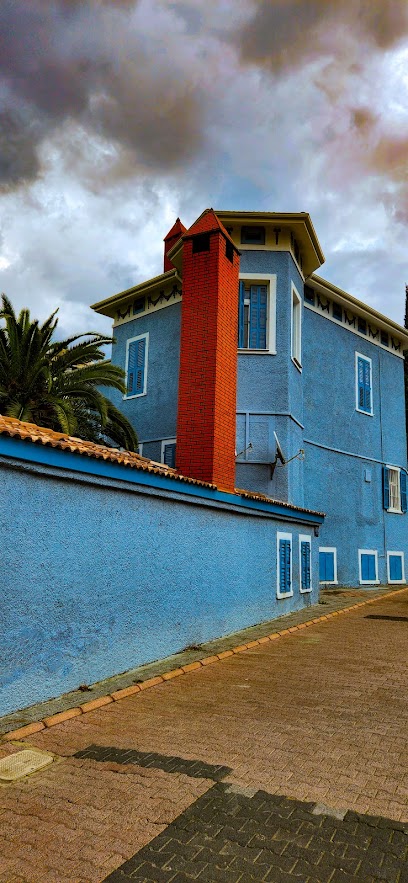
Viktor Whitalle Evi
73.0 km
Discover the historical essence of Viktor Whitalle Evi in Bornova, Izmir, where past and present beautifully converge for an enlightening experience.

Yeşil Köşk
73.6 km
Discover the captivating history and stunning architecture of Yeşil Köşk, a must-visit landmark in Bornova, İzmir, perfect for culture enthusiasts and nature lovers.
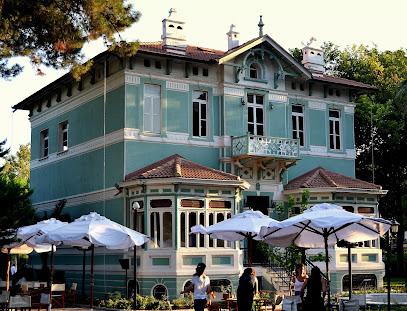
Karsiyaka Historic Train Station
73.7 km
Explore the Karsiyaka Historic Train Station in İzmir – a stunning architectural gem reflecting the rich railway heritage of the region.
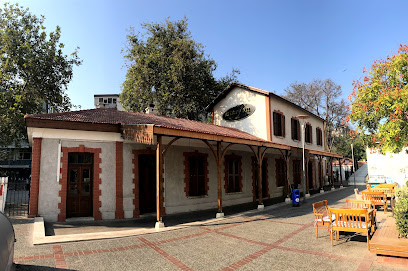
Atatürk monument, Karsıyaka
73.8 km
Explore the Atatürk Monument in Karşıyaka, a stunning tribute to Turkish heritage surrounded by parks and vibrant city life.
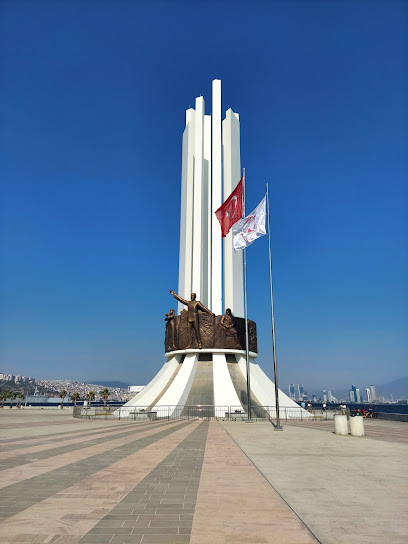
Anayasa Meydanı
73.8 km
Explore Anayasa Meydanı, a historical landmark in Karşıyaka, İzmir, where local culture and vibrant community life come together.
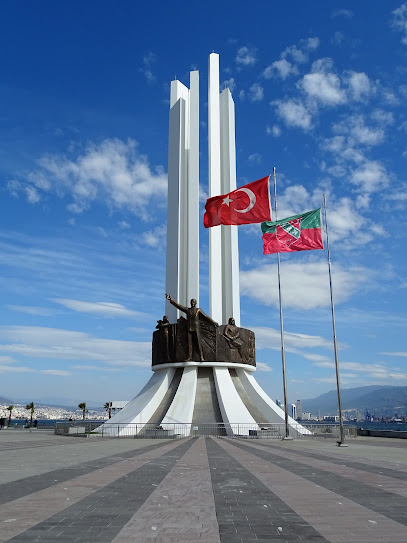
Unmissable attractions to see
Asklepieion Açık Hava Tiyatrosu
0.1 km
Explore the rich history and stunning architecture of Asklepieion Açık Hava Tiyatrosu, an ancient Greek theater in Bergama, Turkey.

Asklepion Heroon
0.1 km
Discover the healing heritage of ancient Greece at Asklepion Heroon in Bergama, a historical landmark rich in culture and architectural beauty.
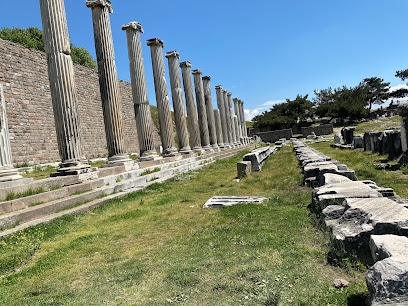
Zeus Asklepios Tapınağı
0.1 km
Discover the ancient healing temple of Zeus Asklepios Tapınağı in Bergama, a historical marvel surrounded by stunning landscapes.
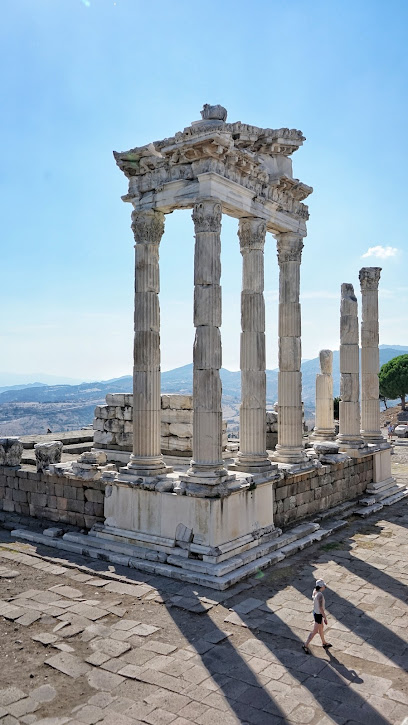
Asklepion Örenyeri (Bergama)
0.4 km
Explore the ancient healing center of Asklepion Örenyeri in Bergama, where history and spirituality converge in a breathtaking archaeological experience.

Bergama Museum
1.0 km
Explore the rich archaeological treasures of Bergama Museum, where ancient history comes alive through captivating exhibits and artifacts.

Pergamon Amphitheater
1.1 km
Unveil the grandeur of the ancient world at the Pergamon Amphitheater, an iconic historical landmark in Bergama, Turkey.
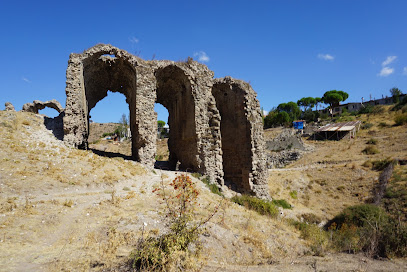
Odeon Pergamon
1.3 km
Discover the enchanting Odeon Pergamon, where ancient architectural wonder meets the rich history of Bergama, Turkey.
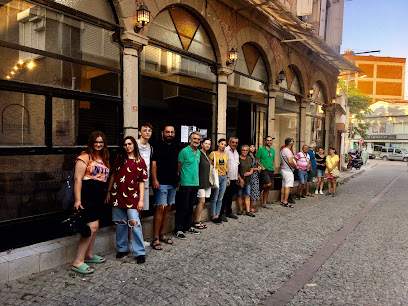
Kızıl Avlu
1.6 km
Explore Kızıl Avlu, the Red Basilica, a fascinating blend of ancient Roman architecture and rich Turkish history in Bergama, İzmir.
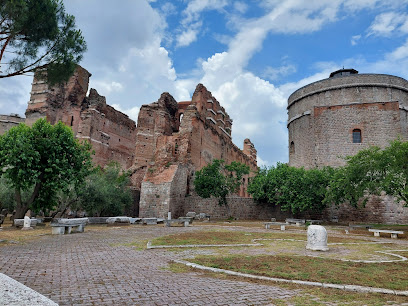
Gymnasium
2.0 km
Explore the ancient wonders of the Gymnasium of Pergamon, a historical landmark steeped in rich heritage and architectural beauty.

Temple of Dionysos
2.1 km
Experience the rich history and breathtaking beauty of the Temple of Dionysos, a must-visit landmark in Bergama, Turkey, steeped in ancient mythology.
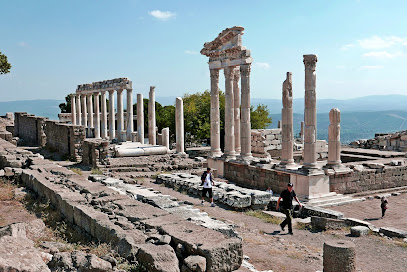
TEMPLE OF ZEUS
2.1 km
Explore the Temple of Zeus: An Ancient Shrine Offering Stunning Views and Rich History in the Heart of Bergama.

Pergamon Athena Tapınağı ve Temenosu
2.1 km
Discover the ancient wonders of Pergamon Athena Temple, a historical landmark embodying the rich heritage of Hellenistic architecture in Bergama, Turkey.

Pergamon Altar
2.1 km
Discover the Pergamon Altar, a stunning historical landmark in Bergama, Turkey, showcasing the rich heritage of ancient Greek civilization.
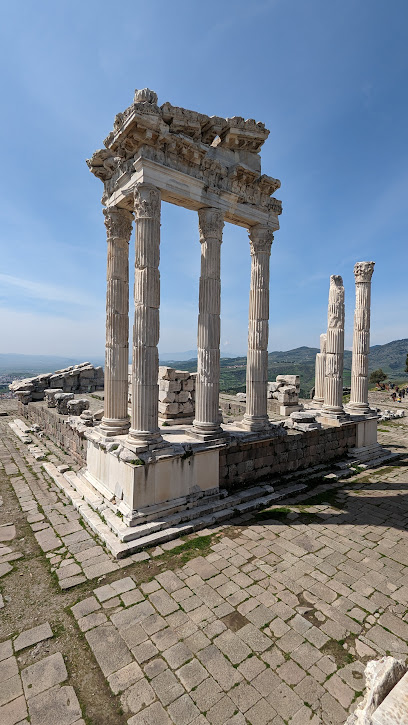
Altar of Zeus
2.2 km
Experience the awe-inspiring Altar of Zeus in Bergama, where history and breathtaking views collide to create a memorable adventure.
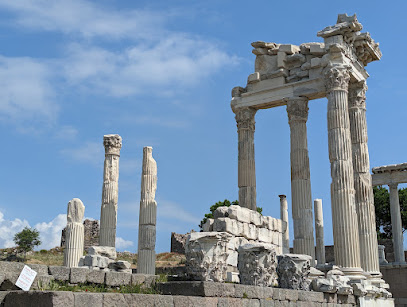
Pergamon Kütüphanesi
2.2 km
Discover the ancient Pergamon Library, a historical gem in Bergama, Turkey, showcasing the splendor of Hellenistic architecture and scholarship.

Essential places to dine
Coeur de Lion
70.1 km
Experience the best of İzmir's culinary scene at Coeur de Lion, where expertly grilled meats meet hearty breakfasts in a welcoming atmosphere.
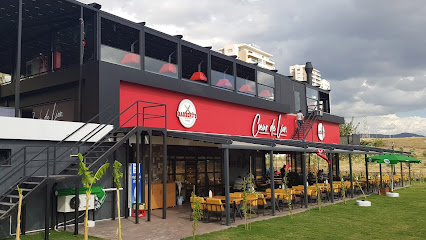
Cumba
71.1 km
Experience exquisite Turkish cuisine at Cumba in Bornova – where tradition meets modern gastronomy in an inviting atmosphere.
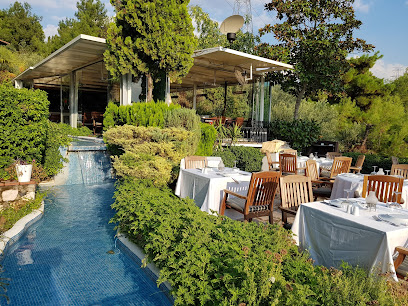
L'aura
71.8 km
Experience the vibrant flavors of Karşıyaka at L'aura - where exquisite cuisine meets lively ambiance.

Bisquitte
72.2 km
Experience exquisite dining at Bisquitte in Bornova – where local ingredients meet global cuisine for an unforgettable meal.

BROTHER'S FOOD
72.3 km
Experience authentic Turkish cuisine at Brother's Food - a delightful culinary journey through İzmir's vibrant flavors.
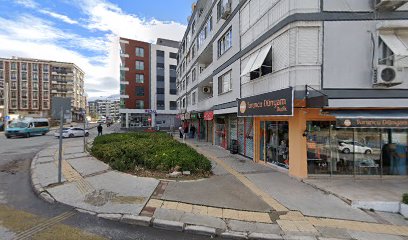
Fors-Et Bornova Şubesi
72.4 km
Discover exquisite flavors at Fors-Et Bornova Şubesi in İzmir – where culinary excellence meets warm hospitality.
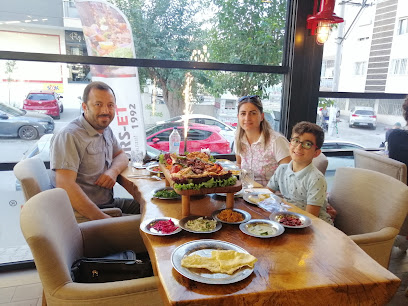
Gandi'nin Yeri
72.8 km
Discover delicious Turkish cuisine at Gandi'nin Yeri in Bornova – where tradition meets modern dining in a vibrant atmosphere.
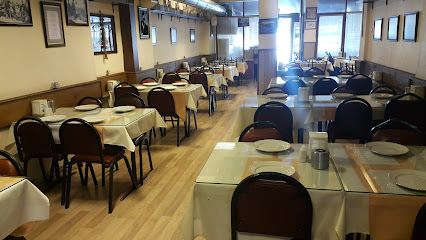
Deniz Kent Restaurant
72.8 km
Experience exquisite seafood dining at Deniz Kent Restaurant in Mavişehir, where fresh flavors meet stunning seaside views.

Buenas Bistro & Lounge
73.0 km
Experience exceptional dining at Buenas Bistro & Lounge in Bornova - where local flavors meet international flair.
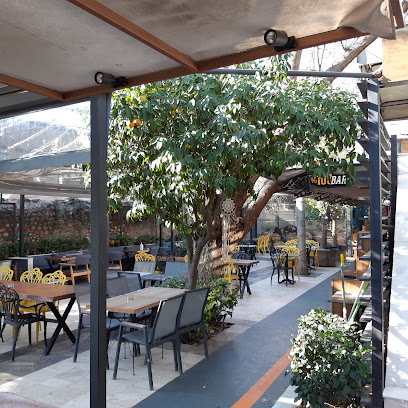
Offal Lokanta Zeytinyağlılar ve Meze
73.0 km
Explore authentic Turkish flavors at Offal Lokanta Zeytinyağlılar ve Meze in Karşıyaka, İzmir - a must-visit destination for food enthusiasts.

Buzuki Meyhane
73.1 km
Experience the essence of Turkish seafood dining at Buzuki Meyhane in İzmir - where tradition meets flavor in every dish.
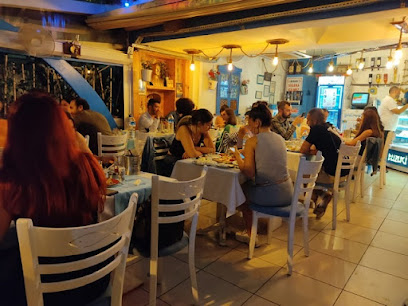
Gondol Kafe
73.1 km
Discover Gondol Kafe in Karşıyaka: A must-visit restaurant offering delicious breakfasts and a cozy ambiance perfect for tourists.
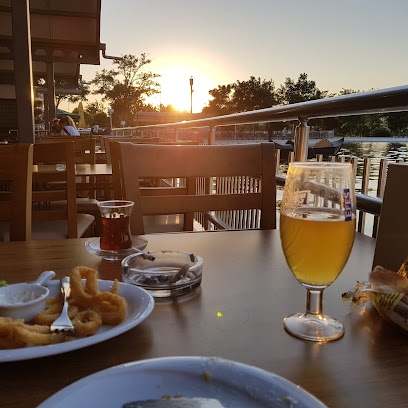
Eatalian
73.1 km
Discover Eatalian in Bornova: Experience authentic Italian pizza crafted with fresh ingredients in a cozy atmosphere.

Çitlembik Balık
73.2 km
Discover fresh seafood delights at Çitlembik Balık in Bornova, İzmir - where authentic Turkish flavors meet warm hospitality.
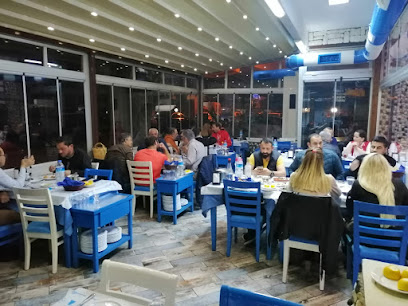
Du Levant Bornova
73.3 km
Discover Du Levant in Bornova – A delightful restaurant offering authentic Turkish cuisine in a warm and welcoming atmosphere.
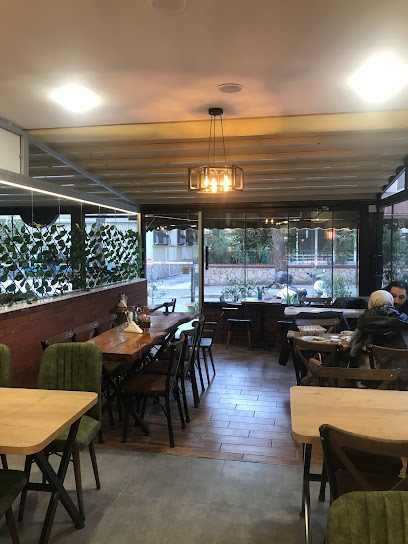
Markets, malls and hidden boutiques
LC Waikiki
67.6 km
Shop the latest trends at LC Waikiki in İzmir, offering stylish clothing for everyone at affordable prices in a vibrant shopping environment.
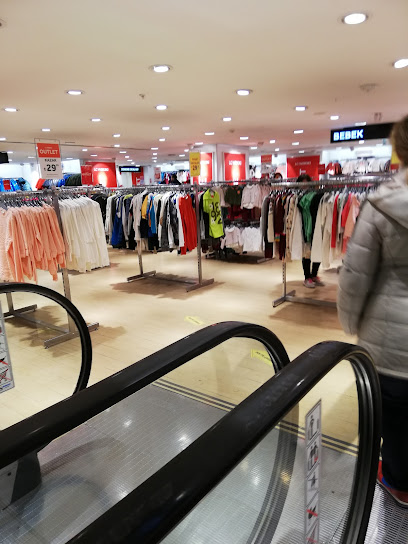
Buggtr
72.2 km
Explore Buggtr in Bornova, İzmir, your go-to clothing store for trendy styles and affordable fashion.

OYYO Sneaks and More
72.2 km
Explore the latest trends in footwear at OYYO Sneaks and More, a premier shoe store in Bornova, İzmir, perfect for every stylish traveler.
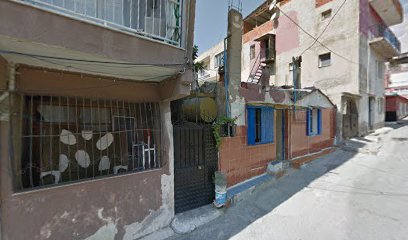
Gift Store
72.6 km
Discover unique souvenirs and local crafts at the Gift Store in İzmir's Ege Park Mavişehir, a shopper's paradise for travelers.
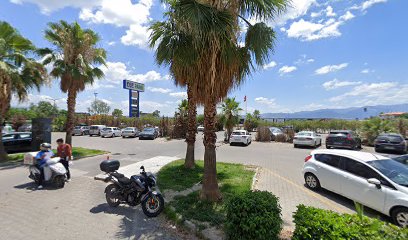
Textile
72.7 km
Discover Bornova, İzmir: A Textile Haven Offering Unique Turkish Fabrics and Clothing for Every Style.

Mavi - İzmir Bornova
72.8 km
Explore contemporary fashion at Mavi - İzmir Bornova, where style meets quality in the heart of İzmir.

O Butik
72.9 km
Explore O Butik in Bornova, İzmir for unique souvenirs and local crafts that embody the spirit of Turkish culture.
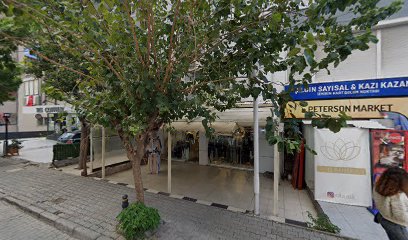
Mothers
72.9 km
Discover a vibrant children's store in Bornova, İzmir, offering a delightful selection of toys, clothing, and accessories for kids of all ages.
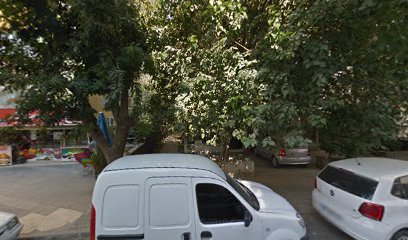
Metro 1001 Çeşit Hediyelik Eşya
73.5 km
Explore the charm of Metro 1001 Çeşit Hediyelik Eşya in Bornova, Izmir – your go-to destination for authentic Turkish gifts and souvenirs.
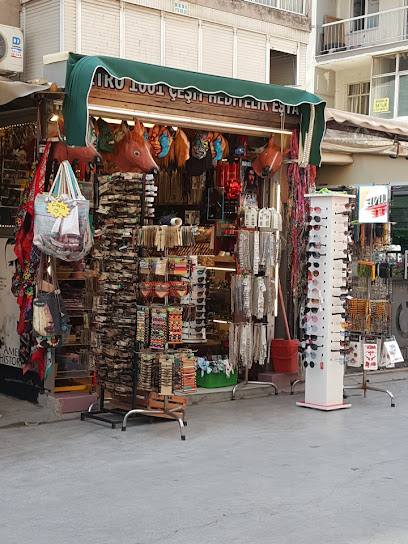
Freak
73.7 km
Discover unique fashion at Freak, a premier clothing store in Karşıyaka, İzmir, offering stylish apparel and accessories for the fashion-forward traveler.
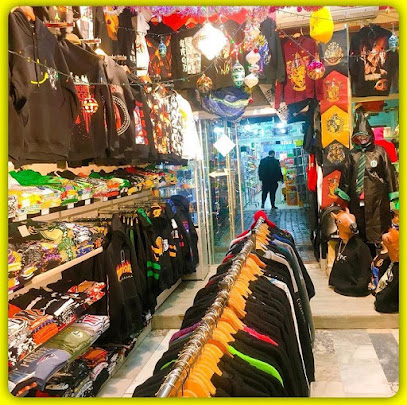
Ulugöl Hediyelik
73.7 km
Discover unique Turkish souvenirs and quality luggage at Ulugöl Hediyelik in Karşıyaka, İzmir – your go-to gift shop for memorable travel mementos.

Hello Accessories
73.8 km
Explore a unique collection of fashion accessories in Karşıyaka's Hello Accessories, where style meets individuality in every piece.
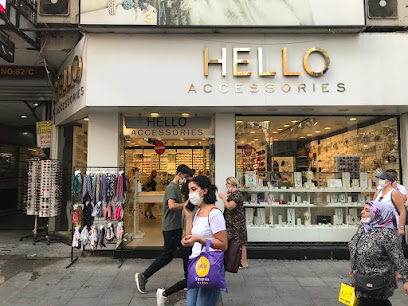
KSK STORE
73.8 km
Explore KSK STORE in Karşıyaka for top-tier sportswear that combines quality, style, and comfort for all your athletic endeavors.

Çınar Ağacı Hediyelik & Koleksiyon
73.8 km
Explore the unique gifts and toys at Çınar Ağacı Hediyelik & Koleksiyon, where every item is a piece of Turkish culture.
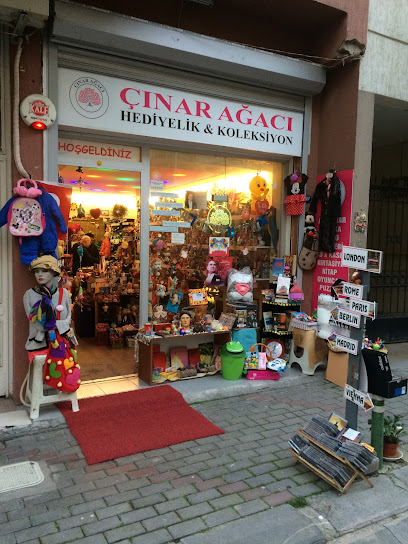
RSM Giyim ve Hediyelik Eşya (Köstebek Satış Noktası)
73.8 km
Explore RSM Giyim ve Hediyelik Eşya, a unique dress store in Karşıyaka, İzmir, offering stylish clothing and charming souvenirs to enrich your travel experience.
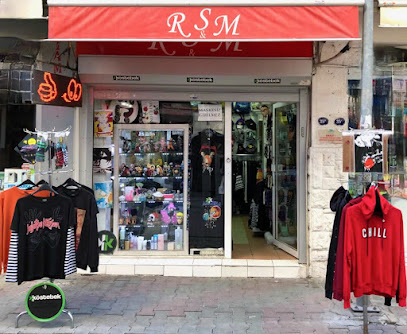
Essential bars & hidden hideouts
Mahzen Ayvalık Şarap Evi
46.4 km
Experience the rich flavors of local Turkish wines at Mahzen Ayvalık Şarap Evi, a cozy wine bar in the heart of Ayvalık.

Barcelona Bar
72.9 km
Dive into the lively nightlife of Karşıyaka at Barcelona Bar, where great drinks and vibrant entertainment await you.
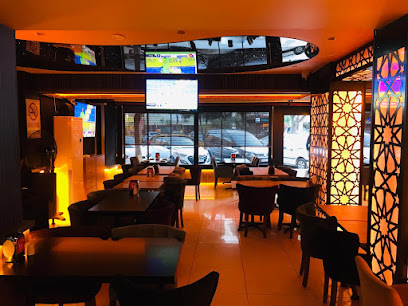
Dungeon
73.0 km
Explore the vibrant nightlife at Dungeon Bar in Bornova, İzmir, where cocktails and music create unforgettable evenings.
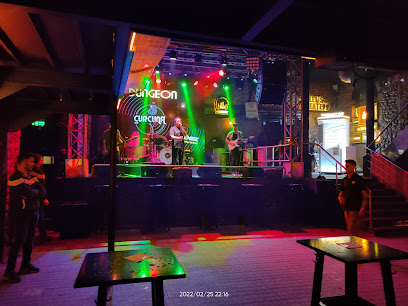
Mo Pub & Chill Co.
73.0 km
Discover the lively Mo Pub & Chill Co. in Bornova, İzmir, where great drinks and a vibrant atmosphere await every visitor.
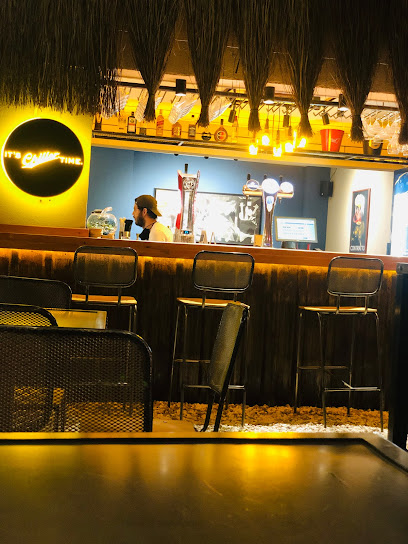
Guff Bar
73.3 km
Discover the vibrant nightlife of İzmir at Guff Bar, a cocktail haven offering innovative drinks and a lively atmosphere for tourists.
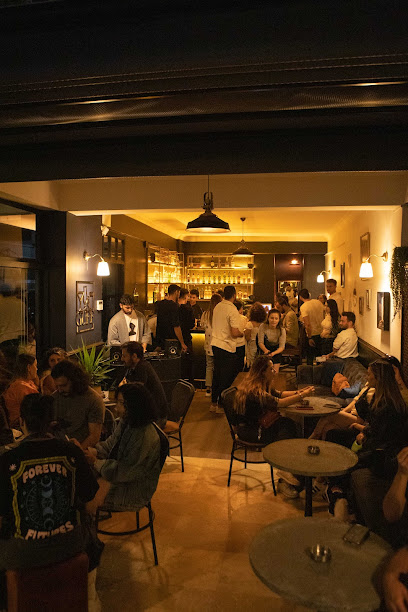
La Rue
73.3 km
Experience the vibrant nightlife at La Rue, a top bar in Bornova, İzmir, serving a diverse selection of drinks in a lively atmosphere.
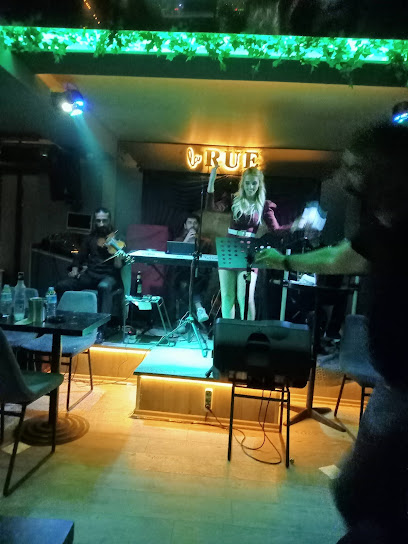
Will Pub
73.3 km
Dive into the vibrant nightlife of Bornova at Will Pub, where great drinks, music, and unforgettable moments await every visitor.
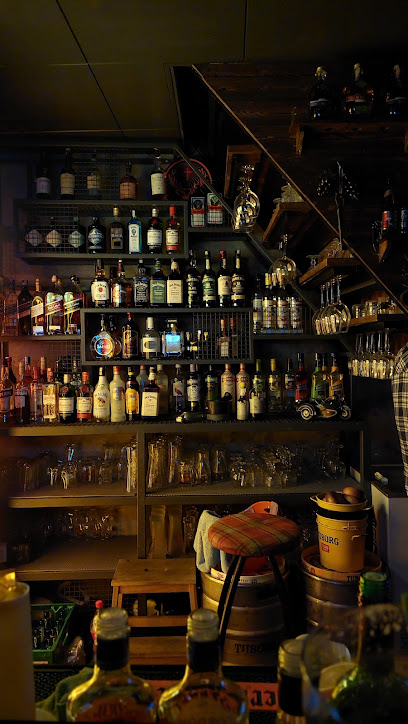
Takıl Cafe ve Bar | Bornova Bar | Bornova Alkollü Mekan | Bornova Canlı Müzik | Bornova Eğlenceli Mekan | Bornova Cafe
73.4 km
Discover the lively ambiance of Takıl Cafe ve Bar in Bornova, where delicious drinks and live music create unforgettable nights.
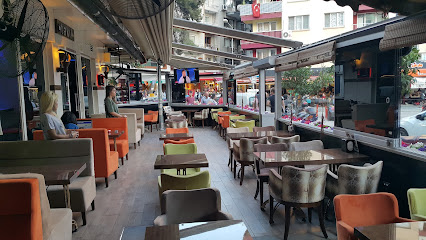
Staff bar Bornova
73.4 km
Discover the vibrant nightlife at Staff Bar Bornova, where exceptional drinks and a welcoming atmosphere await in İzmir.
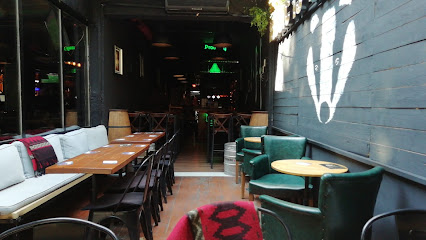
The Porter House
73.4 km
Discover the energetic vibe of The Porter House in Bornova, İzmir—where great drinks and a lively atmosphere await every visitor.
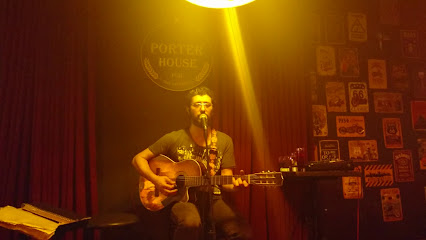
Biralem Pub
73.4 km
Experience the vibrant atmosphere of Biralem Pub in Bornova, İzmir, where great drinks and unforgettable moments await you.

Beri Blues
73.4 km
Experience the vibrant nightlife at Beri Blues, a lively bar in Bornova, İzmir, where local culture meets electric vibes.
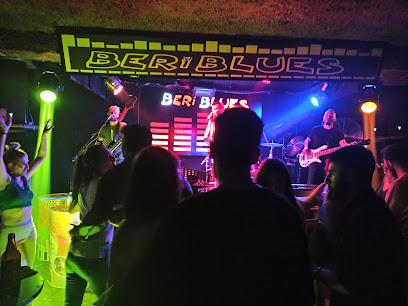
GOF Bostanlı
73.7 km
Discover the unique flavors of fast food at GOF Bostanlı in Karşıyaka, İzmir, where every burger is a culinary adventure.

No Bad Days Gastro Pub
73.7 km
Discover No Bad Days Gastro Pub in Bostanlı – where great food, refreshing drinks, and a vibrant atmosphere come together for an unforgettable experience.
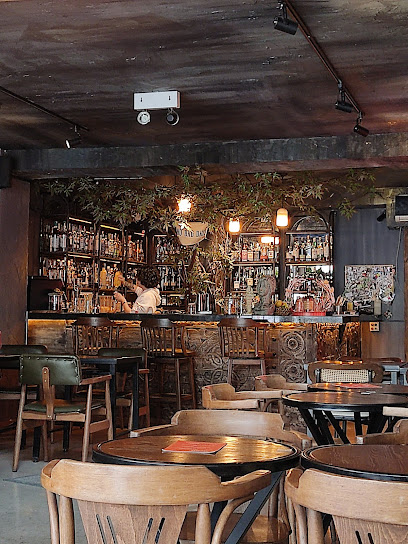
Irish Pub
73.7 km
Discover the vibrant Irish culture in Karşıyaka at this cozy pub, offering traditional dishes and a warm, welcoming atmosphere.
